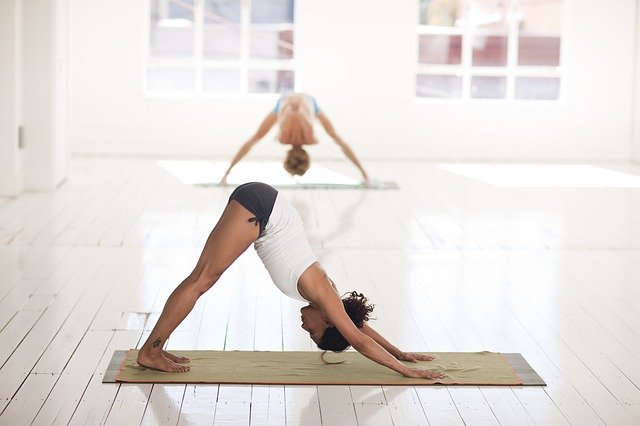Mudra’s, you’ve probably all seen them pass once or twice. They are gestures of the hand that are typically done when you are meditating. They’ve been used for a long time, which we can see in statues of deities in Hinduism and even Buddha wasn’t too shy to use them. But how do they actually work and how can you use them? Well, let’s take a closer look at them!
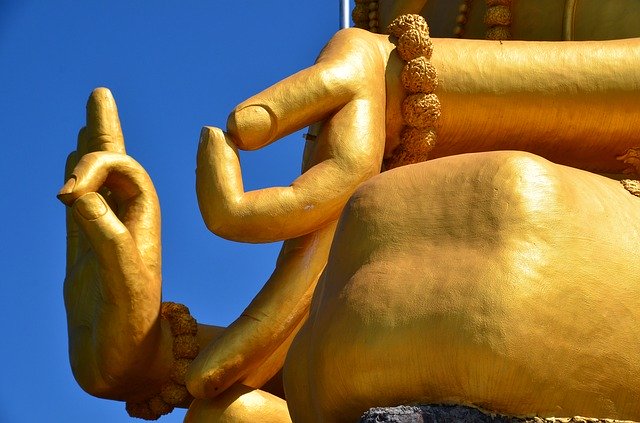
Mudras and Acupressure
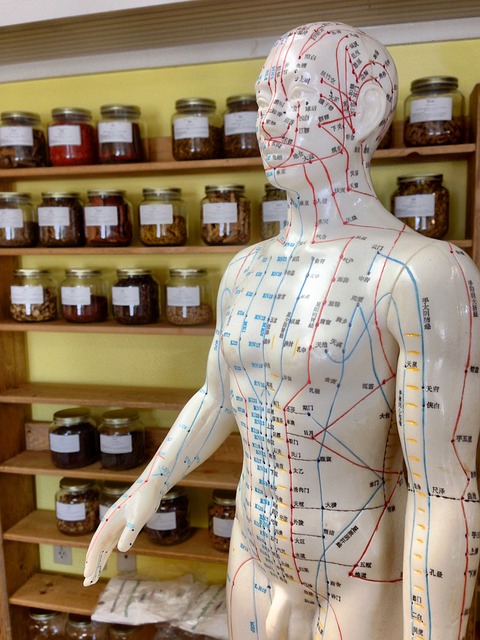
It’s actually quite simple to explain. Within the eastern medicine there is something called the meridians of our body. Meaning that we have all kinds of energy lines running through our muscles and veins. Making sure that the energy keeps on flowing properly, is what we would call a healthy situation.
Out of this science derived a couple of treatments that work with these meridians. Heck, even martial arts have been known using some of these energy lines to defeat the enemy. Without going too much into details about the martial arts thing (you can find some more information about that, here), acupuncture and acupressure are probably the best known and most direct way of treating these meridians.
So, what do Mudras and Acupressure have in common? Well, a lot of those meridians go through our feet and hands. This makes that with the pressure you are going to bring into your hand gestures, you’ll be stimulating certain trigger points on those energy lines, to make them run smoothly again. And that’s basically how they work, shortly explained.
Using Mudras
Now that we know a little bit more about how these mudras work, let’s have a little look at how to properly execute them for your benefit. Let’s have a look first at some useful hand gestures that will help you with some common ails.
Mudras for your yoga or meditation practice
#1 Gyan Mudra
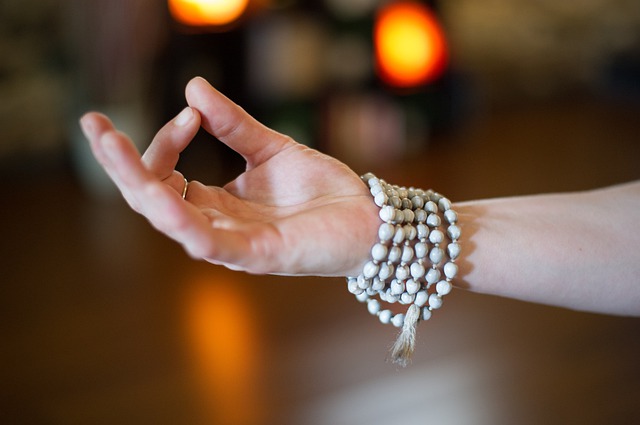
This one is probably the one used the most and especially when you look at Hindu temples as a lot of the deities will perform this gesture. This Mudra stimulates the nervous system, and as a lot of stress derives from the brain, this mudra is a very relaxing one. It’s also an easy one to do, you just have to put bring your index finger towards the inside of the thumb. Your other fingers stay relaxed and don’t do anything.
#2 Surya Mudra
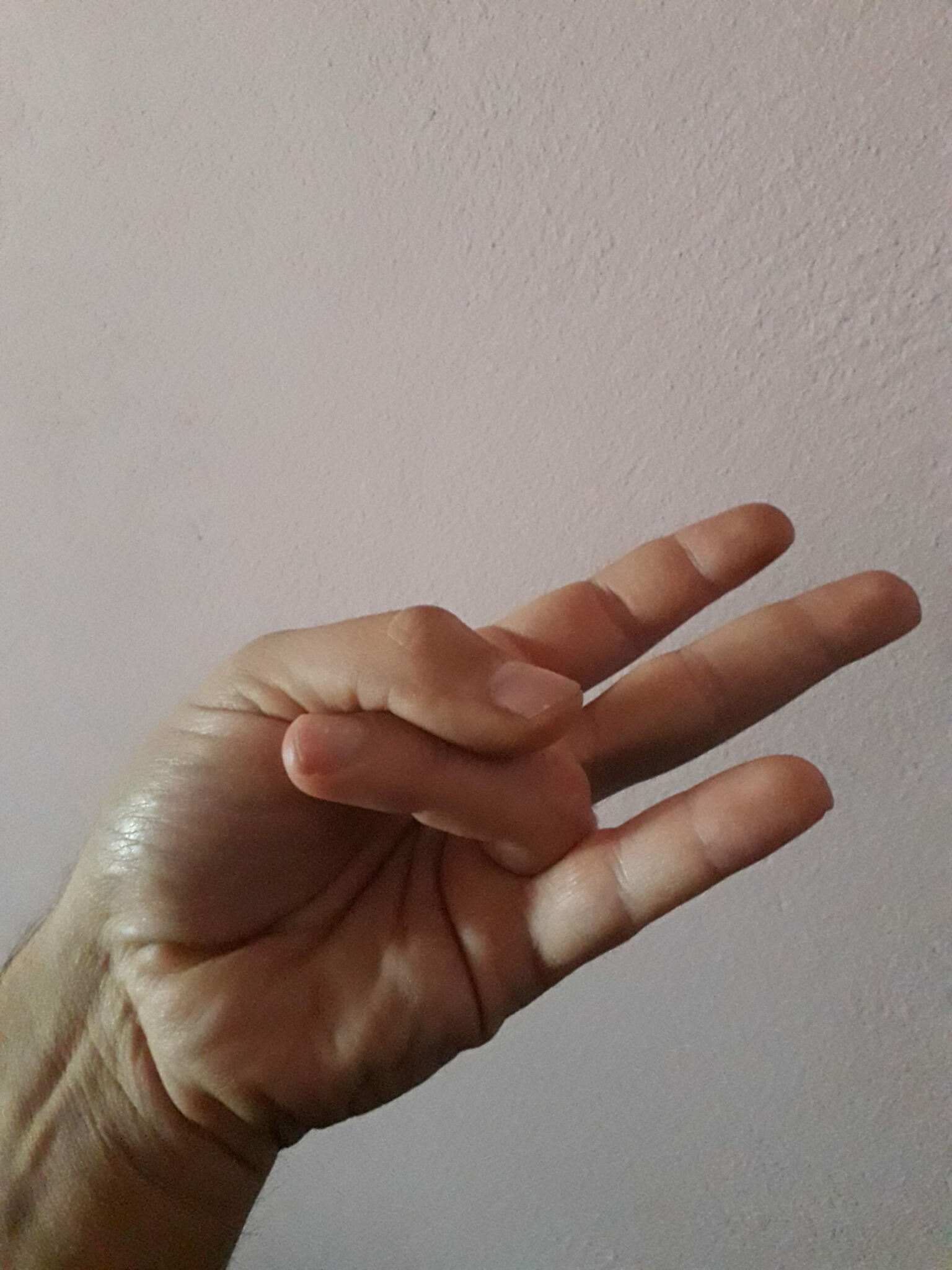
As you may, or may not know, Surya stands for the sun. Therefore, this is the sun Mudra. And as I’ve mentioned in my article about constipation, the digestive system is connected with the element of fire. So, if you are experiencing any problems with digestion, this is an ideal Mudra to use during your meditation or yoga practice. For this Mudra, you’ve got to put the tip of your thumb on top of your ring finger.
#3 Prana Mudra
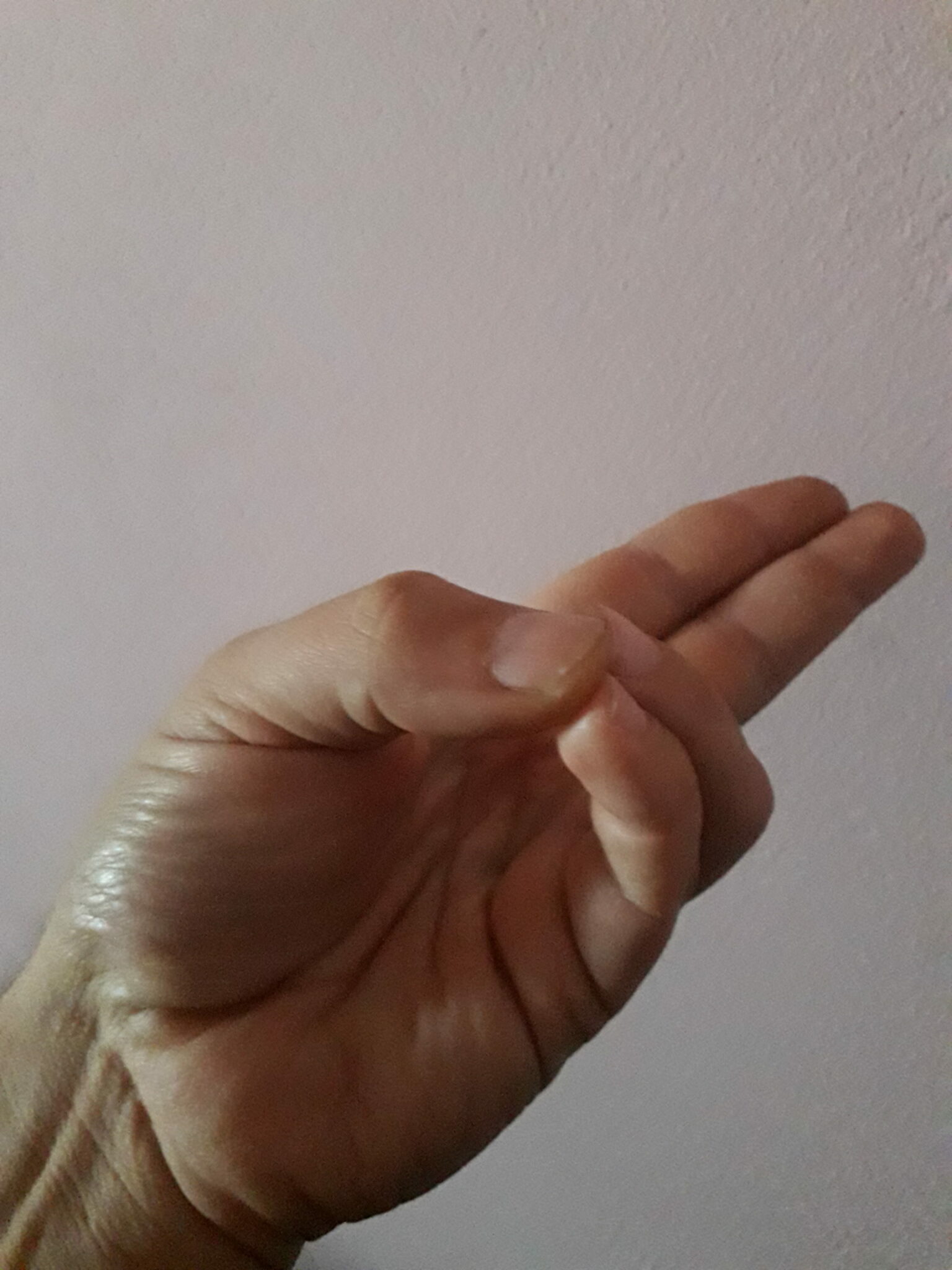
One that also couldn’t be missed is the Prana Mudra, or the mudra of life! Alright, it does sound more exciting than it actually is, but it’s also a great one if you don’t really know which one to use and that as like a wide range of effects. This Mudra you can use if you are a little low on energy and health, so when you have a cold or something. It’s an amazing one if you just feel a bit under the weather and when you need that little kick. To do the Prana Mudra you place your pinky and ring finger on the inside of your thumb.
#4 Linga Mudra
The next Mudra I’ll be talking about is Ling Mudra. It’s a mudra that will create a lot of heat and will make you sweat. Therefore, this one is great for those cold winter days. Especially if you are doing a long meditation at a cold spot (without heating), this will prevent your body from going cold while you are seated. It’s also a great Mudra for when your nose is really runny. To perform this one, clasp all your fingers together, and keep your right thumb erect. To get the best effect out of this Mudra, you’ll have to perform it for about 30-40 minutes.
#5 Dhyana Mudra
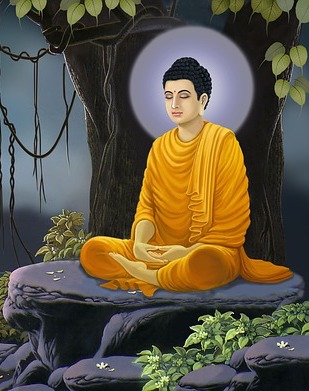
Besides Dhyana being one of the eight limbs of yoga, it is also a Mudra. It’s also Buddha’s favorite Mudra as you can see him pictured very often in this pose. This is probably because of the fact that this gesture connects the male and the female part, yin and yang, black and white, or whatever you’d want to call it. It’s basically a Mudra that will balance all the energies in your body and therefore he probably used it that often. To perform Dhyana Mudra you just put the right hand on top of the palm of the left hand. Both palms are facing up and you’ll be putting your thumbs together.
Tips for using Mudras
So, now that you’ve picked your favourite Mudra, it’s time to explain a bit on how to use them. You might think it’s easy as you just put your fingers or hands in the right position and that’s it. There is a little bit more to it though.
Remember that I’ve mentioned acupressure? Like, just on top of this article? Well, that was no coincidence. Mudras use the principles of acupressure, meaning that you have to put a little bit of pressure when you are performing these gestures. Therefore it’s also very crucial that you actually execute it almost exactly as explained.
Why? Well, if you stimulate another pressure point, you might get another effect that you wanted. I’m not going into details, but you might be stimulating your digestive system while you were actually hoping to relieve your headache.
It’s also very important that you are in a meditative state, meaning that you’ll have to make sure that you put a bit of control on your breath. Sitting on the sofa, bingewatching some series, will not have the full effect. These meridians are based on energy (prana) and therefore some breath work is essential to make these Mudras do their work.
Advisable would be that you do a meditation for at leas 10 minutes to make sure you get the full benefit of these gestures. And as you might have read, some Mudras even ask for a 40-minute meditation. So, make sure you’ve got enough time to do your meditation.
And that’s it for now, this will give you a good foundation to perform your Mudras!
Nama-stay wonderful!


